Path to NoOps part 1: How modern AIOps brings NoOps within reach
Dynatrace
OCTOBER 25, 2022
NoOps, or “no operations,” emerged as a concept alongside DevOps and the push to automate the CI/CD pipelines as early as 2010. Organizations adopt DevOps, where developers and operations work together in a continuous loop, so they can develop software and resolve issues efficiently before they affect users.

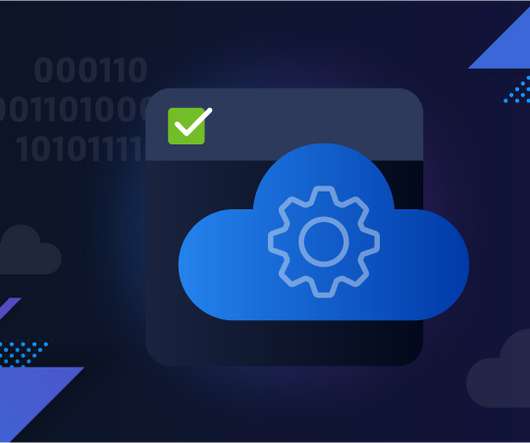
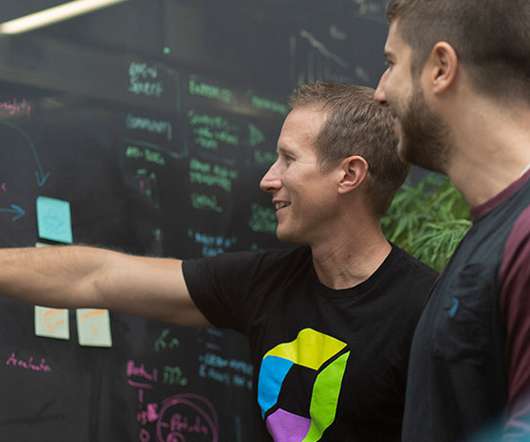


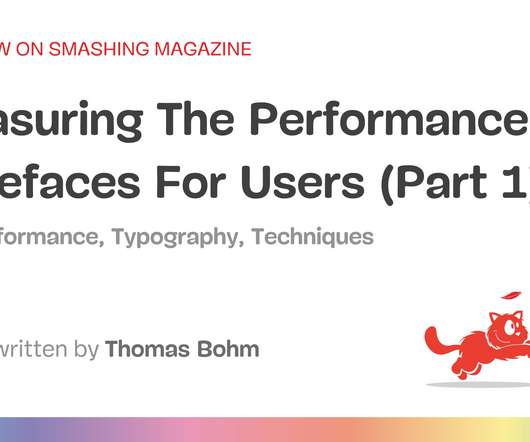


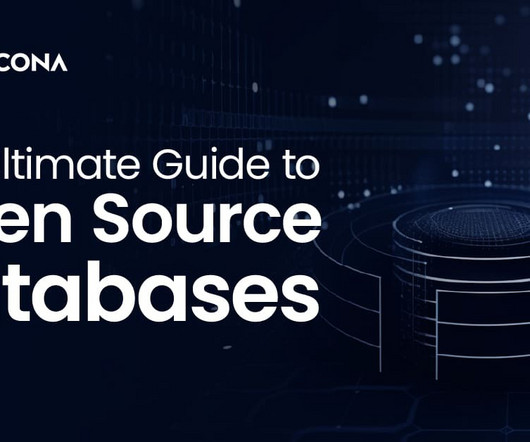






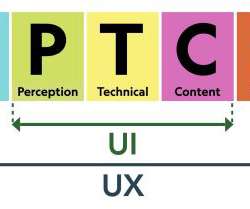
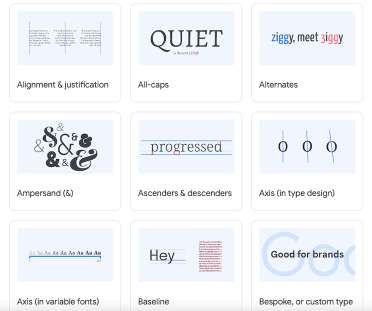








Let's personalize your content